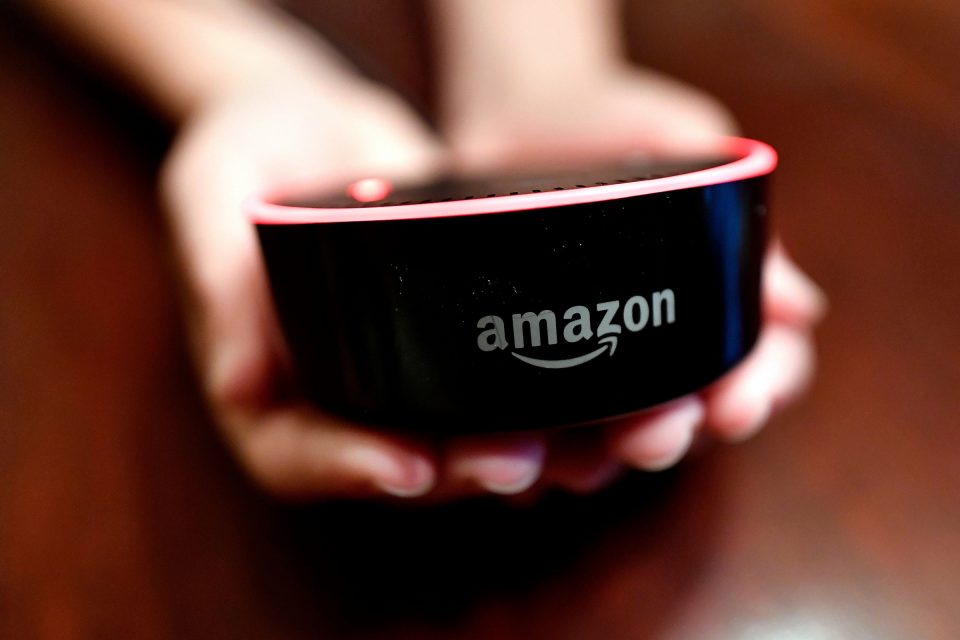Amazon and Google Are Making Music Free — And That Could Be a Big Headache for Spotify
Why more free streaming music options on your smart speaker at home spell trouble for Spotify
Spotify’s free tier is one of the modern music industry’s most controversial talking points — and one of the Swedish company’s strongest competitive advantages.
Spotify has regularly proffered the following justification for its “freemium” model: In a world where YouTube and piracy sites allow any of us to access most of the world’s recorded music without paying a bean, Spotify needs to be able to offer the same level of cost-free convenience to thrive. This is good news for artists and the industry, says Spotify, because “free” users will not only drive revenue by listening to advertising, they’ll also be in a position to be up-sold into Spotify’s $9.99-per-month Premium tier.
One statistic, above any other, tells us why the major record companies — despite their evergreen hatred for the concept of free music — continue to license Spotify’s ad-supported tier: some 60 percent of Spotify’s Premium customers originally came to the service as “free” users. As Spotify’s R&D chief, Gustav Söderström, put it last year, the company believes that its free tier “is the only way we’re going to be able to achieve our goal of getting billions of fans onto the platform, and getting the entire music industry to the [financial] size we think it should be”.
Free Spotify, however, also faces some strong opposition. Speak, for example, to insiders at Apple — whose streaming music service has no free tier — and they might argue that Spotify’s ad-supported option devalues the work of today’s stars. Speak to artist advocates, meanwhile, and they might point out that just a tenth of Spotify’s revenues are derived from advertising (with the other nine-tenths coming from users who pay for Premium access) — and that the free tier drags down the average per-stream Spotify payout to under $0.004.
Whatever your view on free music, one thing’s clear: Spotify deems it as an essential selling point in its bruising commercial battle to rule music streaming. When every rival service’s repertoire contains the same tens of millions of tracks as you, having something with which to one-up your competitors becomes all the more valuable. This exact point was drilled home by Spotify’s head of Premium Business, Alex Nordstrom, when speaking to investors in March last year. “This freemium model is a key differentiator,” he said. “Not one of our major competitors have a free product like this.”
That fact is about to change. Amazon has just launched its very own free streaming music tier, locked to Alexa-enabled devices like the Echo speaker. And Google has launched essentially the same thing: a price-tag-exempt, voice-activated music streaming service operated via the tech giant’s Home devices.
Neither of these free music services operate via touch-screen devices, and both appear to only offer a limited catalog of music. Thanks to an upgrade last year, Spotify’s free service also offers slightly more interactivity — the free Amazon and Google platforms heavily restrict what you can demand to be played (for example, you cannot request a specific song, but you can request a selection of music or a “radio station” based on a specific artist).
According to consumer research group CIRP, there were approximately 66 million smart speakers installed in homes in the U.S. in February this year. The company estimated that Amazon had a 70 percent market share of this base, equating to around 46 million active Echo speakers in the U.S. alone.
A free music streaming service will help both Amazon and Google persuade their smart speaker buyers they don’t need to download Spotify — but it will also become a powerful selling point for the hardware itself. Perhaps even more troubling for Spotify is the way free music plays into both companies’ wider ambitions to generate advertising revenues.
Alphabet/Google turned over $32.6 billion from advertising last year. Amazon, whose ad platform remains a minority strand of its business, turned over around $10 billion from advertising and related services. Both of these figures dwarf Spotify’s advertising revenues in the same 12 months, which weighed in at €542 million ($640 million) – around 16 times smaller than Amazon’s equivalent figure, and 50 times smaller than Google’s.
Amazon and Google are now weaving free music further into their aspirations to accelerate these multi-billion dollar advertising businesses, branching out more meaningfully into audio advertising. This spells difficult news for Spotify, and its ambitions to convince advertisers that it — rather than its colossal tech competitors — offers the most powerful music-related destination with which to spend your marketing money.








